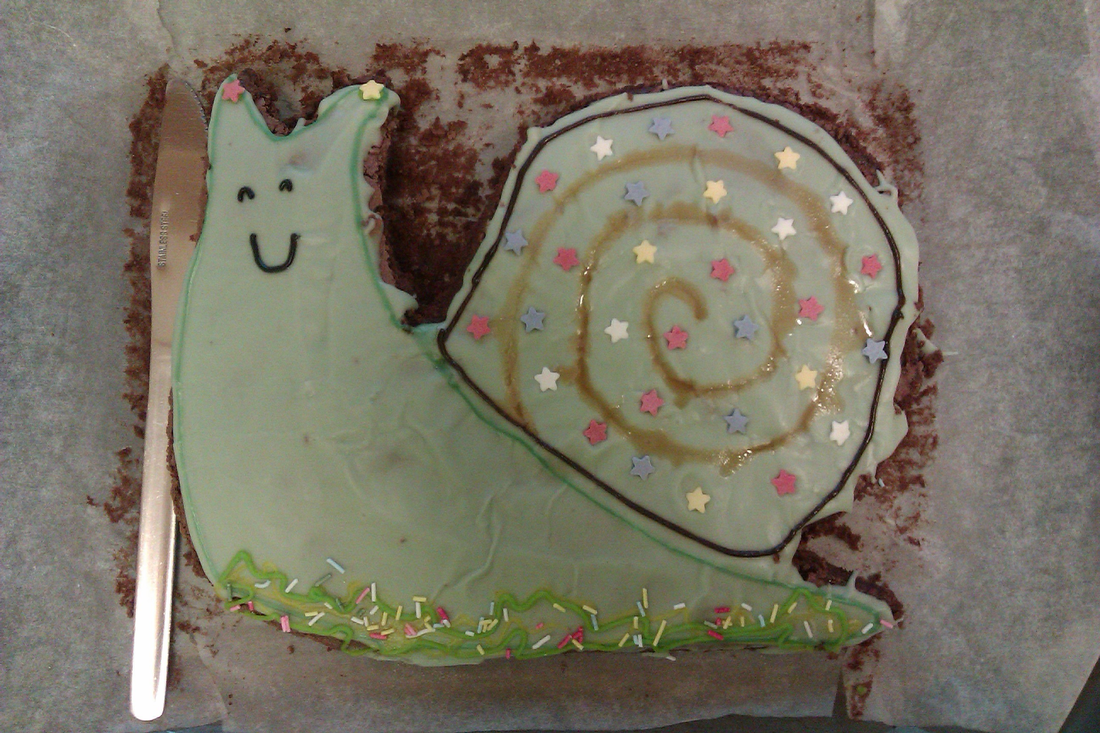| By Emily Perrin Emily is an MRes student with CEG and studies the use of citizen science in biodiversity monitoring. |
|
There is some (questionable) evidence that glucose consumption can increase brain function in young adults; in our research group we will do anything we can to produce the best work possible, so cake is eaten on a regular basis. Of course, making the cakes in the shape of our study species helps to improve focus and provides food for thought when it comes to the group’s research. Here are a few recent examples of the cakes we have produced - in the name of science, of course… We aim to highlight important conservation issues, such as the population decline of the reticulated giraffe (Giraffa camelopardalis reticulata) Undergraduate lessons in anatomical drawing are put to good use (Brown trout, Salmo trutta) Bethan honed her Soay sheep (Ovis aries) sampling techniques before embarking upon her research on St. Kilda Jamie’s recent paper found that protected areas have a high conservation value for odonate species, such as this emperor dragonfly (Anax imperator) Mike recently concluded that bee species utilise different foraging strategies; we put these to the test (above: Bombus lucorum harrapus) Hummingbirds famously can only go a few hours without food - much like some people in our research group Many of our group are involved in bird ringing, helping to monitor species such as the long-eared owl (Asio otus) Even the lab pets aren’t forgotten; here is Napoleon’s Bornean cousin the green snail (Rhinocochlis nasuta) Amy's cake of her beloved grey seals (Halichoerus grypus) even had anatomically correct innards. It seems that we are not the only ones whose baking is inspired by biodiversity or our research subjects, the good people at DynamicEcology do it too!
0 Comments
Your comment will be posted after it is approved.
Leave a Reply. |
Archives
March 2019
Categories
All
|










 RSS Feed
RSS Feed
